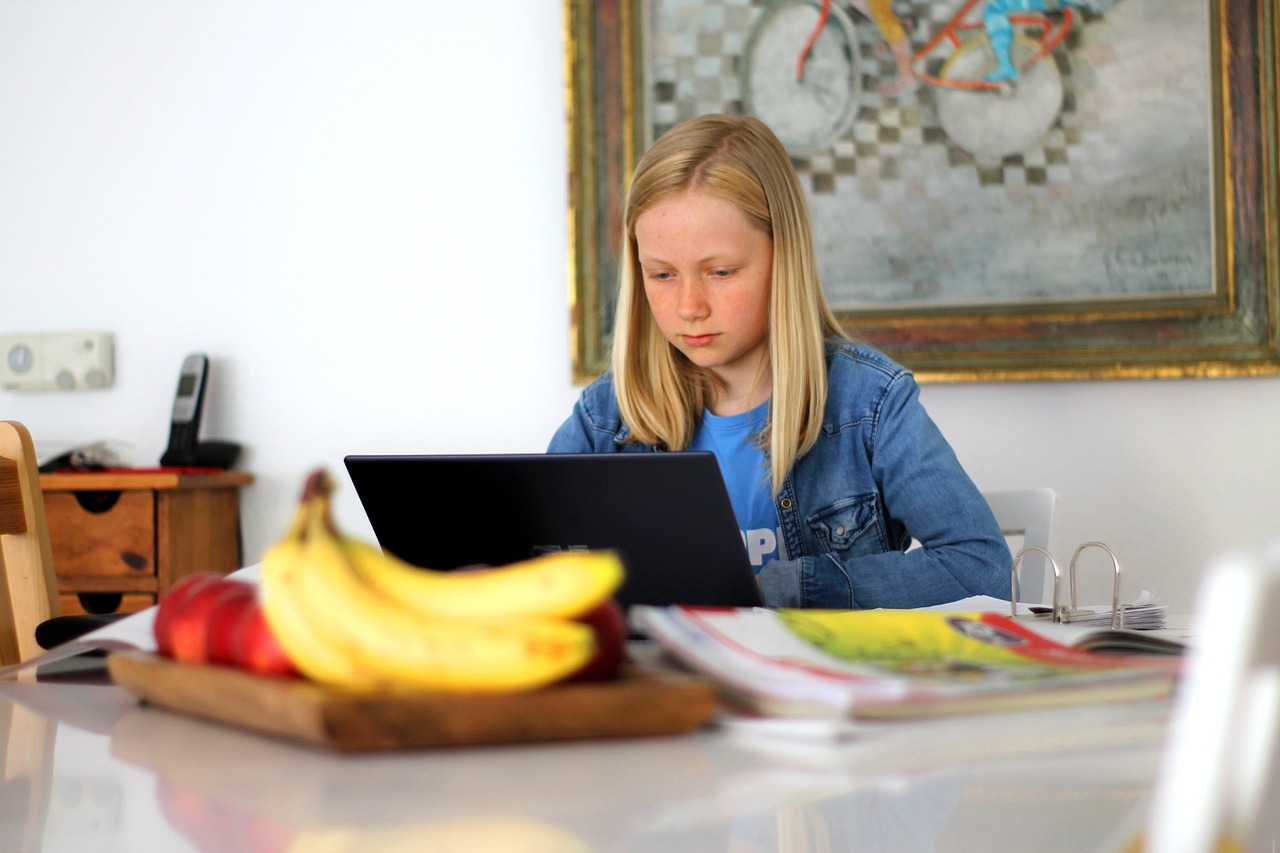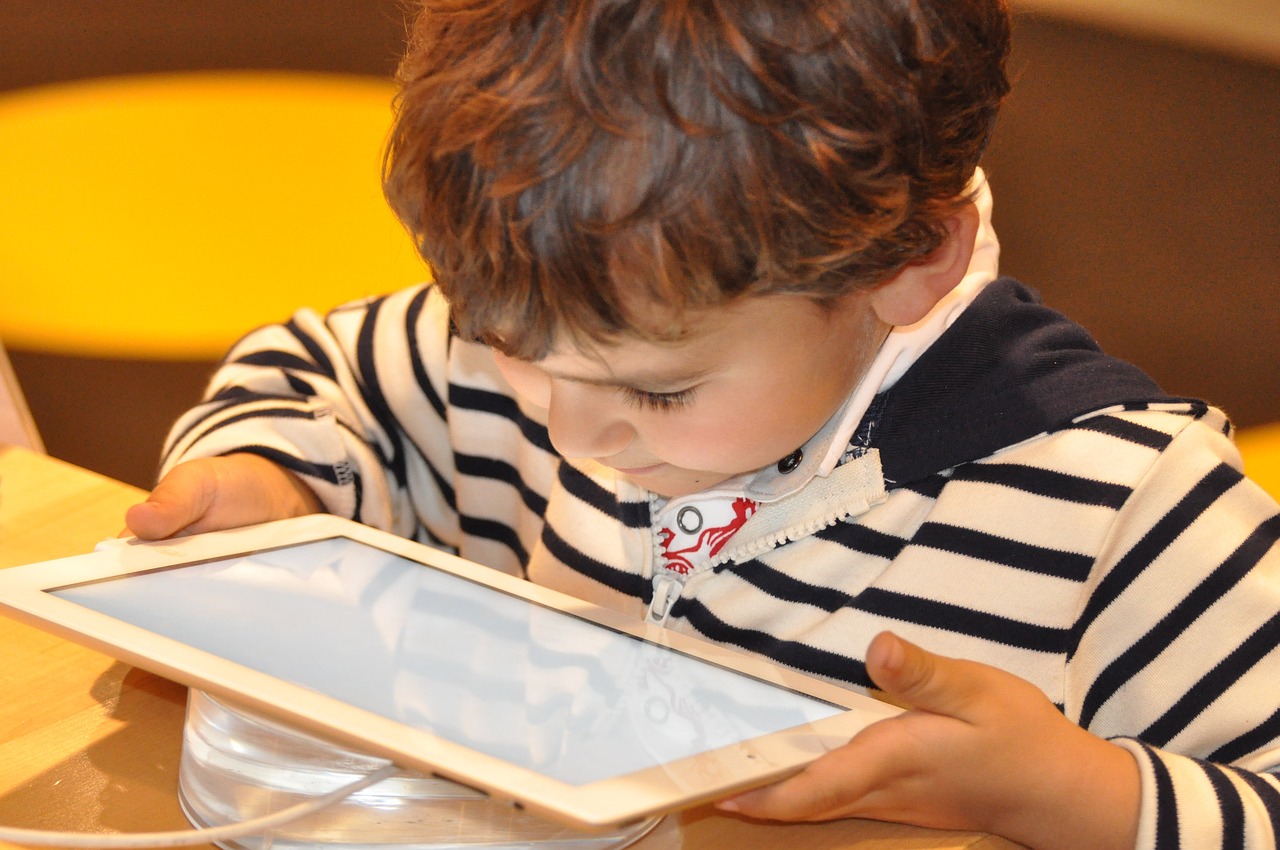Firstly, it is crucial to understand the allure of TikTok for youngsters. This platform allows users to create and share short videos accompanied by music snippets – an appealing format that promotes creativity and community building. However, like any media consumption or entertainment activity, excessive engagement can lead to neglect of other key areas in life.
One effective strategy is setting clear boundaries around screen time. The American Academy of Pediatrics recommends no more than two hours per day for children aged six years and above. Parents can utilize built-in features like TikTok’s Digital Wellbeing tools, which include Screen Time Management and Restricted Mode for limiting viewing content deemed inappropriate.
However, imposing restrictions without explanation may breed resentment or resistance from your child. Henceforth, open communication is paramount in helping them understand why these limits are necessary - promoting healthier digital habits.
Moreover, encourage offline activities that can counterbalance online pastimes. Extracurricular pursuits such as sports or arts cultivate useful skills while providing opportunities for face-to-face social interaction – a vital aspect often missing in virtual communities like TikTok.
Furthermore, ensure that academic responsibilities are not compromised due to leisurely screen time. Encourage your child to complete homework assignments before using electronic devices recreationally - establishing prioritization skills early on.
Finally yet importantly is modeling healthy digital behavior yourself as a parent because children often replicate adult behaviors observed at home. Therefore balancing your own technological use will demonstrate practical examples of moderation they can emulate.
Ultimately there isn't a one-size-fits-all approach to this issue due to the unique dynamics of each family and individual child. As a parent, your task is to navigate these digital waters with empathy, patience, and discernment – prioritizing your child's overall wellbeing over strict policing.
In conclusion, balancing TikTok use with other activities involves setting clear boundaries, promoting offline interests, ensuring academic commitments are upheld, and modeling healthy digital habits as parents. By embracing these strategies we can help our children enjoy the benefits of TikTok while maintaining a balanced lifestyle that includes time for study, physical activity and real-world social interaction.

